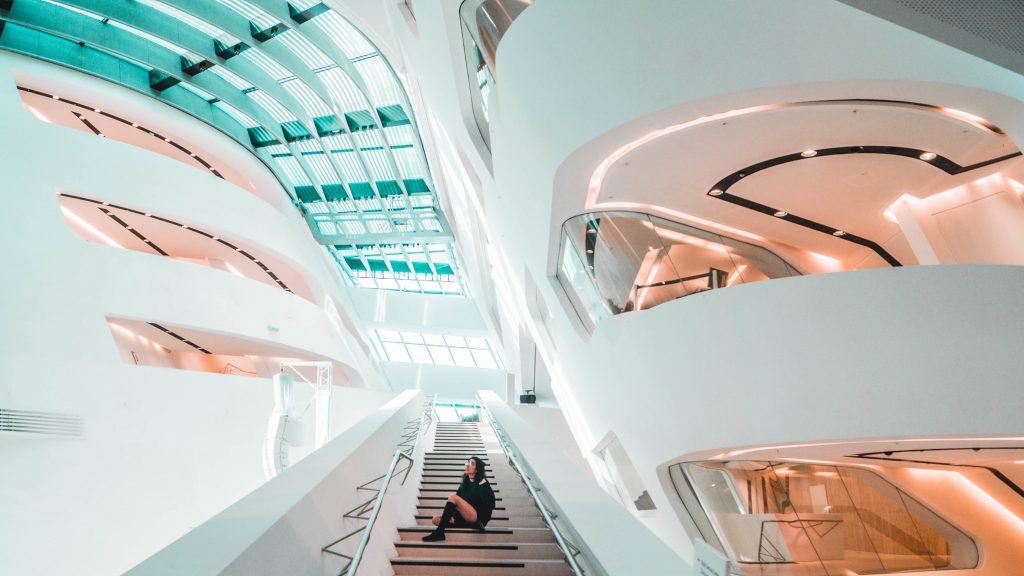
Shifts in Workplace Design
These days, the average person working in any industry spends nearly a third of their whole life at work. Workplace design is an integral part of employee satisfaction and well being, and you can see that happening in some of the largest companies across the world. Most businesses have begun steering away from the cubicles of old, moving towards more modern and contemporary office styles. Design-wise, workplaces lean towards open spaces, with sustainability and energy consumption in mind as elements of design or function. With the newer generations entering the job force, offices are competing to offer creative and aesthetically pleasing workspaces to entice new talent.
Creating a holistic, well-rounded, and aesthetically pleasing workspace can improve not just mood, but productivity as well. Many successful businesses have followed this strategy, and it shows clear results. Google, as one of the leading examples, has a notable workplace design. As one of the places with consistently high employee satisfaction rankings, you might be curious about how Google manages this. While it’s largely in part due to their ability to build teams and cultivate trust and satisfaction in their workers, the physical campus offers quite a lot as well.
With a huge range of amenities accessible to any level of employee that works at Google, there are also perks like free lunches, massages for subsidized fees, and a clear idea employees being rewarded for the hard work and effort they put in.
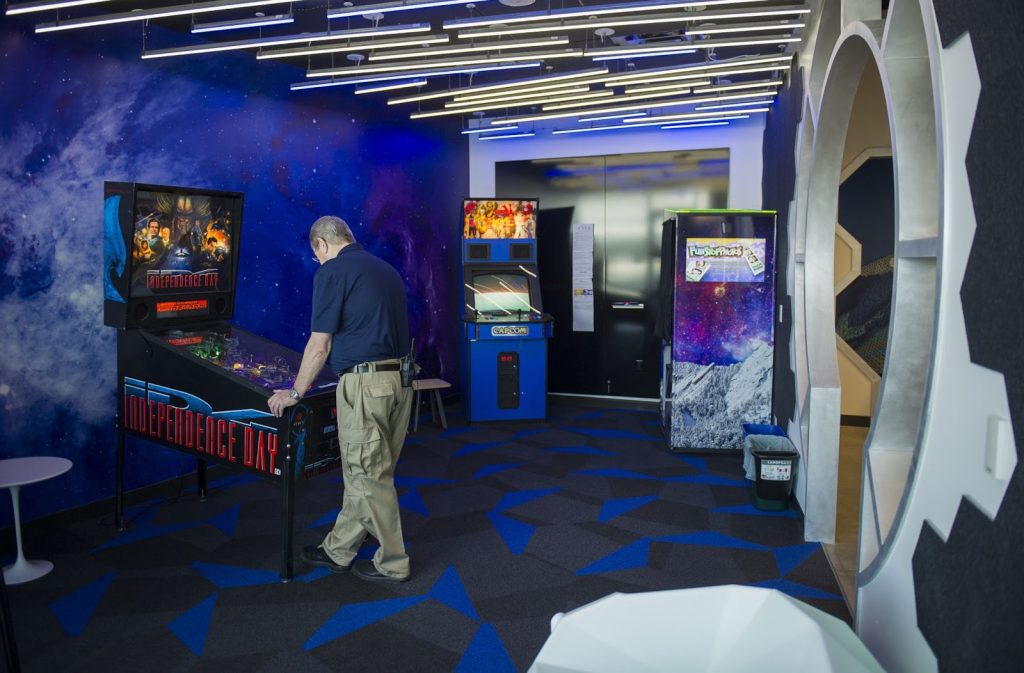
Good workplace design should also be linked to employee creativity and innovation. As you might have guessed, happy and successful employees translates to a successful business. Richard Branson, owner of Virgin Airlines, has often stressed the significance of keeping employees happy. An aesthetically pleasing workplace, a physical location that you actually want to keep coming back to, is a key factor in maintaining that baseline satisfaction.
As more and more companies buy into this belief, you can see workplace design changing in rapid and extreme ways. Going from the movie stereotype rows of cubicle and desk to open plans and space flooded with natural light, it’s easy to see the influence successful places of business have on the trends at large.
Take ExxonMobil for example. Located in the Spring area, the 385-acre campus has 10,000 employees with multiple dining options, wellness centers, child development centers, and retail options. ExxonMobil has really worked toward creating a campus that looks and feels innovative, from both the outside and the inside.
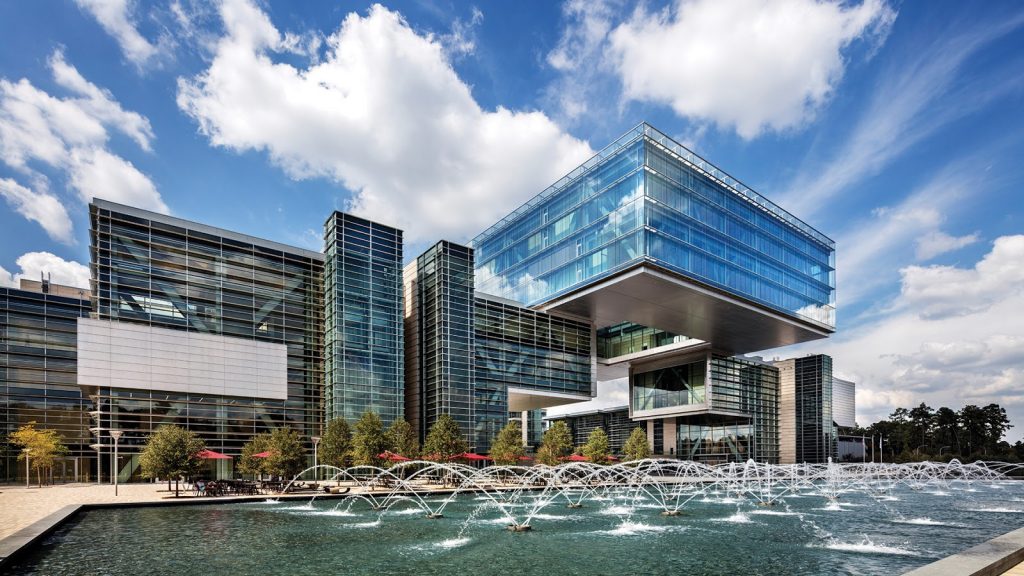
Since the building is made of mostly glass, ExxonMobil manages to save up to 40 percent more energy than a regular office building. Sustainability and energy conservation are two reasons why inventive workplace designs use glass as the main material for a building. Sunlight is a natural source of light and it’s free, which means there is room to cut down the electricity bill significantly.
Workplace design over the years has been centered around various different factors.
The nature of your business, sustainability factors, demographic of your employees and employee well-being are some key factors to keep in mind when designing a workplace.
Here are some elements which have inspired shifts in workplace design:
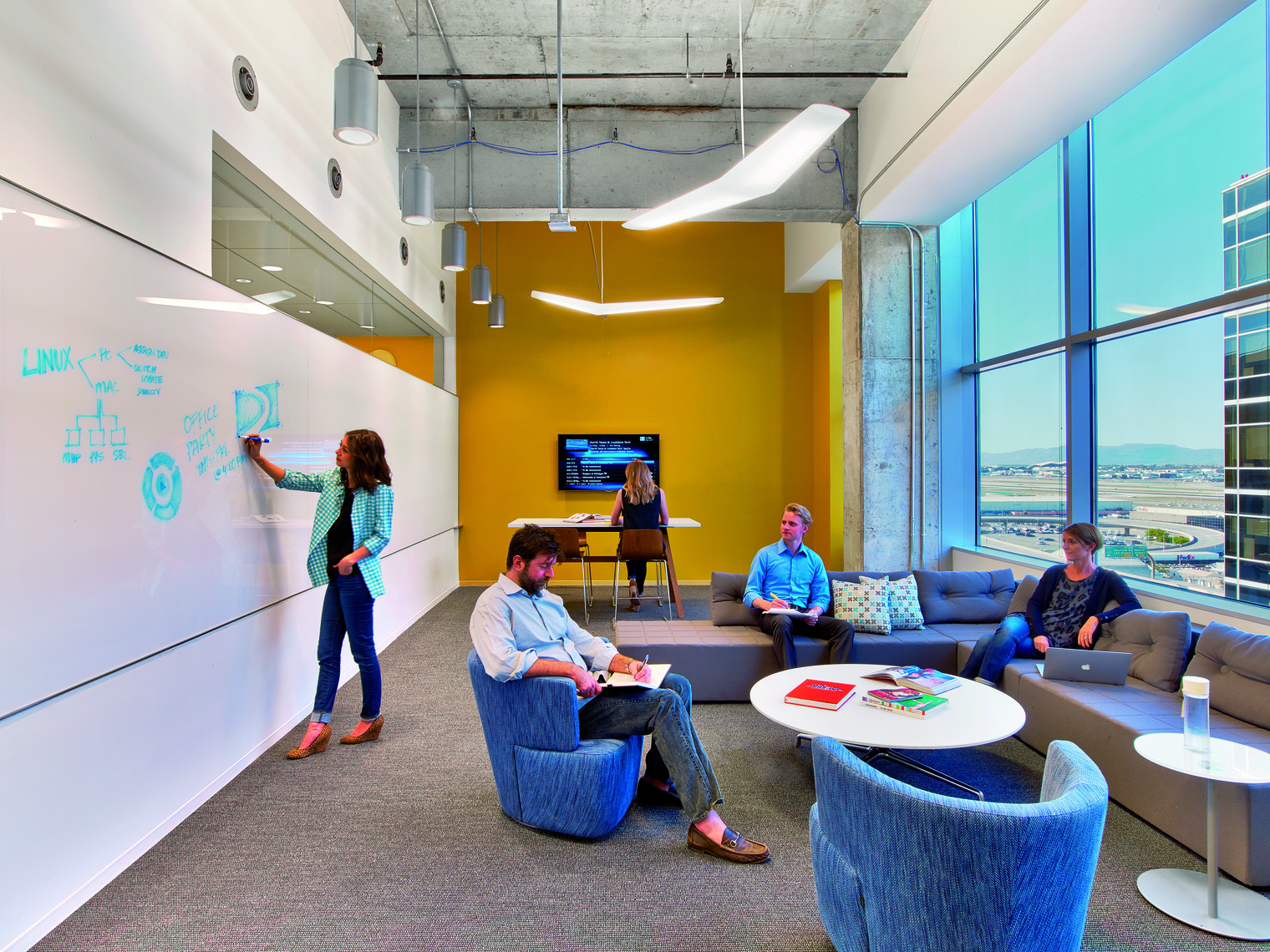
1. Type of business:
One of the major shifts that has driven workplace design change is the incorporation of technology and other major changes in the kinds of work most people are doing these days. From a purely physical perspective, with the rise of digital everything, we don’t exactly need file cabinets, stacks of paper, and all the supporting peripherals.
With businesses that do the majority of their work on a computer or a laptop, digital offices, remote offices, and all kinds of freelance work have freed up tons of space in the traditional office layout. Tech startups and online media companies are the most common type of business you’d imagine, but as technology progresses, and as people see the benefits of an open and uncluttered workspace, all kinds of industries began to follow suit.
Beyond that, it gave rise to a workplace aesthetic, a feeling or message about your company based on the kind of environment the workers were living and working in. Afraid of being perceived as an “older” company, some invested in a “fun” work environment. Think slides and exercise ball chairs. While not the only trend that caught on, the major element here is that companies were developing ‘personalities’ based around their work culture, and it quickly developed into another way of identifying what sort of company you were working for or with. A fun company? A traditional company? A quirky company?
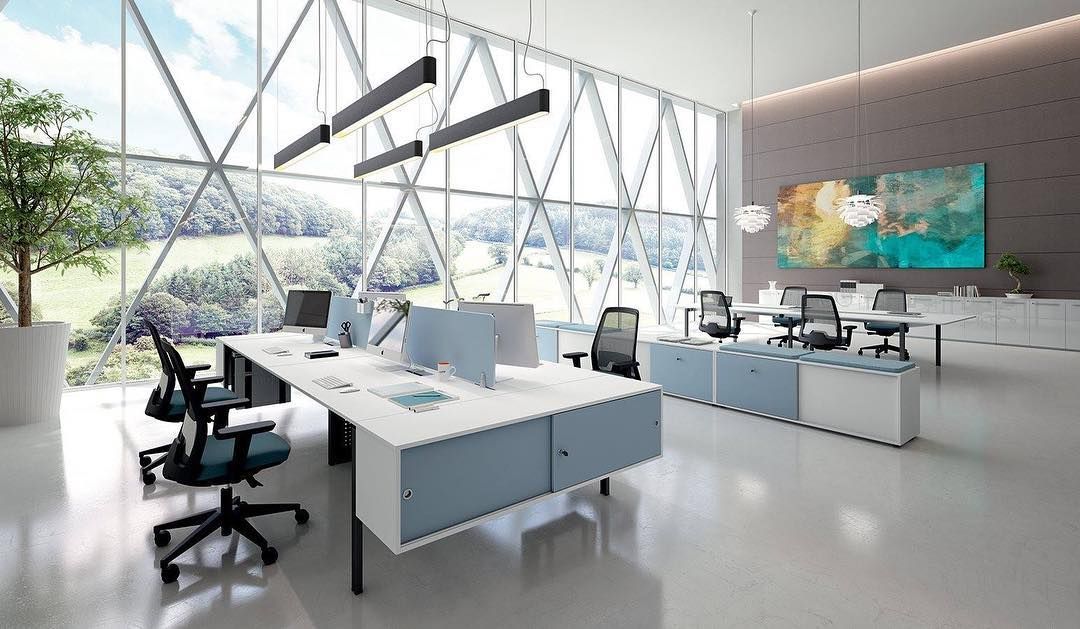
2. Technology:
As we mentioned, technology has freed up a lot of space. But it also had a major impact on the mindset of those working. In addition to categorizing businesses on their personalities, you could start to draw lines between companies that relied on more traditional work tools and more tech based companies.
As both technology and generations of people undergo relatively rapid change, it impacts the workplace in equal measure. New workers with new ideas are moving into leadership roles, and they want their workplace to reflect their new ideas. Technology, for most people born in the 90s or after, is simply a reality of life. While for those born earlier, the kinds of technology we have now developed in front of them, and it might not be as intuitive or necessary to the workplace.
This clash of ideals is also a vital driver of change. This is how we see progress in the mindset of a generational workforce, and that shift in mindset tends to inform how people work. From how they think and act in a job, to how they shape their offices around them.
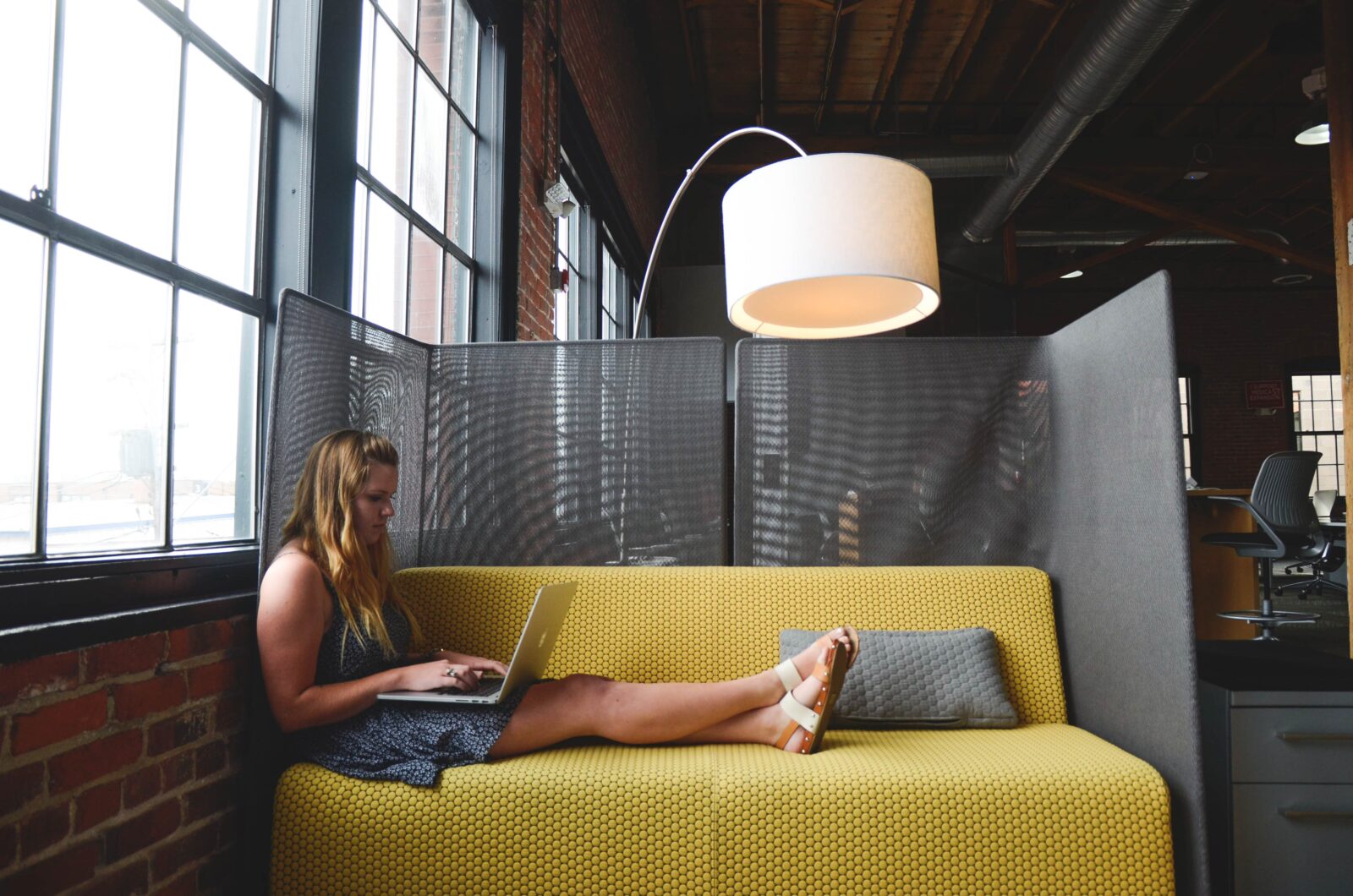
3. Mobility:
As much as it seems like technology is plaguing this list, it’s an undeniable factor in how the workplace has changed over the last few years. For mobility, it’s both in and out of office mobility. For in office, smartphones and laptops make it incredibly easy to move around the office, keep active, and be flexible when searching for new ideas of inspiration. For out of office, the internet gets more and more powerful each year. Conference calls, video conferencing, and all sorts of new tech is making it possible for companies and workers that might have been geographically restricted before to do business all over the world.
That means we’ve seen a rise in satellite offices, coworking spaces, and smaller offices. With more employees phoning in from home or other cities, the need for big swaths of land and office space has diminished noticeably. There’s also the big push to cooperation and innovative intermingling that comes from shared workspaces and other such options.
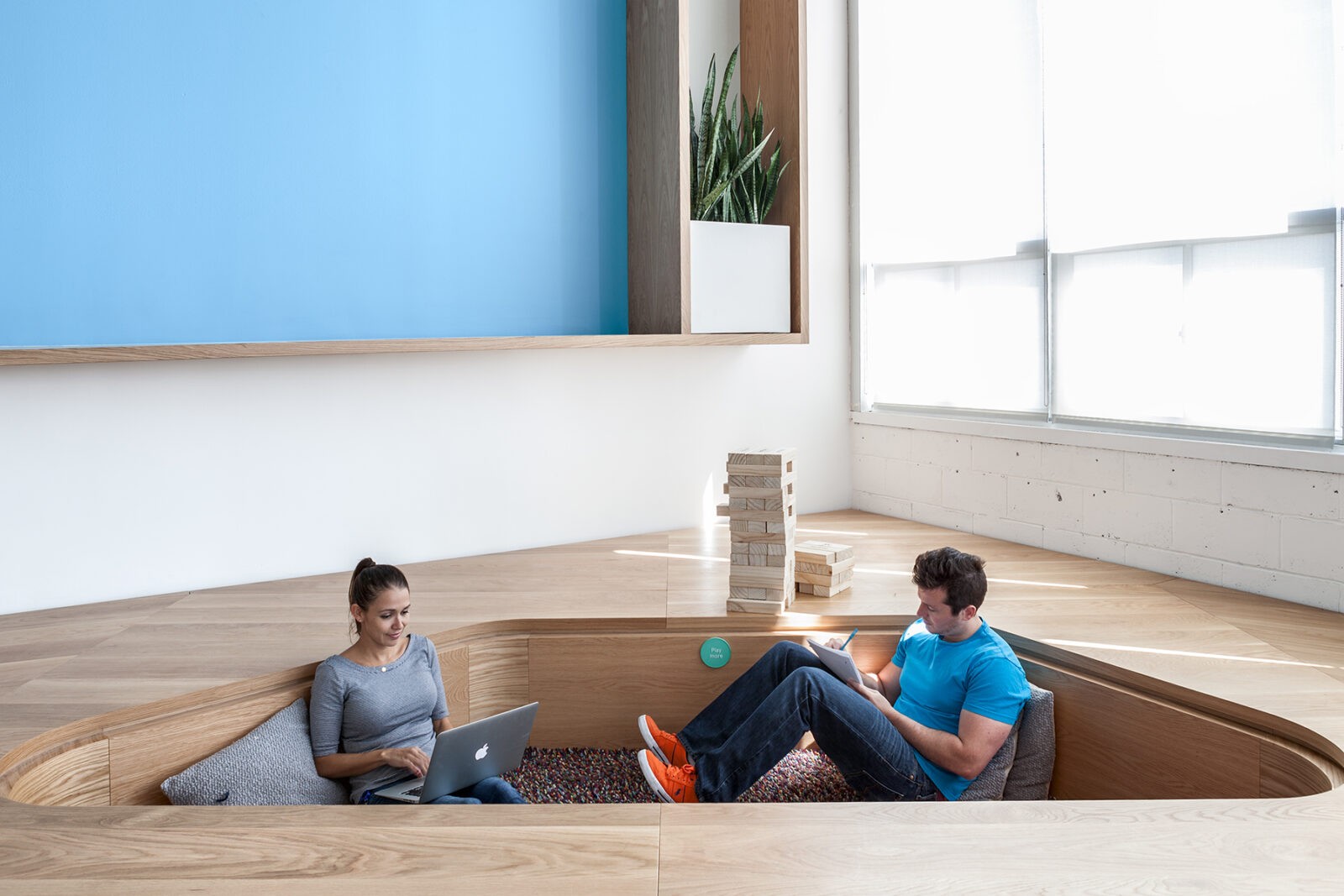
4. Employee Wellness:
Like we saw with Google, there’s also a big push to emphasize employee wellness. Employee wellness keeps productivity up, inspires creativity, and leads to innovation and good work. Areas like “quiet zones” or meditative areas are a popular choice, and some bigger organizations have even started incorporating gyms into their facilities with strength training, cardio, and yoga classes. It’s not impossible to see a full rock climbing wall in some of the more spendy companies, too!
With more time and study, the effects of office work in the employee’s physical and mental health have become more pronounced. To counter heart disease, depression, and a host of other maladies that might result from 8 hours of purely sedentary work, exercise options have become a prominent factor in many employee health programs or perks. It can help reduce stress and tension as well!
An average person spends at least 40 or more hours of their week at the office, for a total of around 160 hours per month. Spending so much of your time in one place can, regardless of the quality of life for employees, take its toll if people aren’t able to be active in their daily routine. The wellness plans also generally extend to diet and ease of access, encompassing things like well put together cafeterias, access to food options, solid locations in the middle of town, and a wide variety of other less explicit or obvious design elements.
A well designed workplace is an essential step in moving forward as a business. If designed well, a workplace becomes a sanctuary for most people, resulting in happier, more productive employees.The first step to making a good workplace better is to make sure you have a great architectural team which understands and can help you bring your vision to life. A business becomes great because of its employees, so it’s important to invest in your own greatness.
Make Portella a part of your next renovation or new architectural design. We provide high-quality steel doors, steel windows, and so much more. Find out more about us or get in touch today to see how our products can make a big difference in the look of a building’s architecture.
Leave a Reply